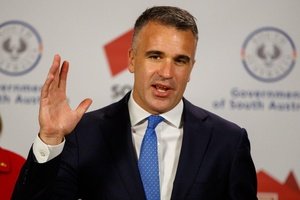According to 2023 data from the New Zealand Qualifications Authority (NZQA), Māori and Pacific students are still awarded University Entrance at around half the rate of their European and Asian peers.
But a new report from the New Zealand Council for Educational Research (NZCER) has identified some key approaches that support high UE attainment for ākonga Māori and Pacific students.
The research, carried out for NZQA, involved six schools that had above-average UE attainment for ākonga Māori and Pacific students compared to similar schools.
The study identified five foundational conditions that supported the schools’ success.
Meaningful staff and student, and school and whānau relationships was one condition, along with understanding the importance of culture and holding high expectations for all students.
The successful schools also ensured students were taught by effective teachers, and had effective school leaders who actively prioritised equity.
“In terms of laying the foundation for Aotearoa to grow a more culturally representative workforce and to become a more equitable society, these six secondary schools are leading the way”, report author Dr Esther Smaill says.
“We saw such an incredible range of actions that these schools were taking – from in-house mentoring programmes, to destreaming practices, to a dedicated, deliberate culture of high expectations for all students.”
Some other initiatives which were noted in the report involved schools using achievement data to set targets, and identify and respond to learning needs, as well as starting students early on a path to UE.
“I’ve always been into early intervention. Let’s not wait till we get the results to know what we already knew six weeks ago was on track to happen,” one principal said in the report.
“Every two weeks was a good amount of time to start having those conversations [with the extended leadership team] and looking at our intervention strategies or where things were tracking and what we might need to do.
“And so, every year since [we started doing that] we’ve reached our [UE] targets.”
















